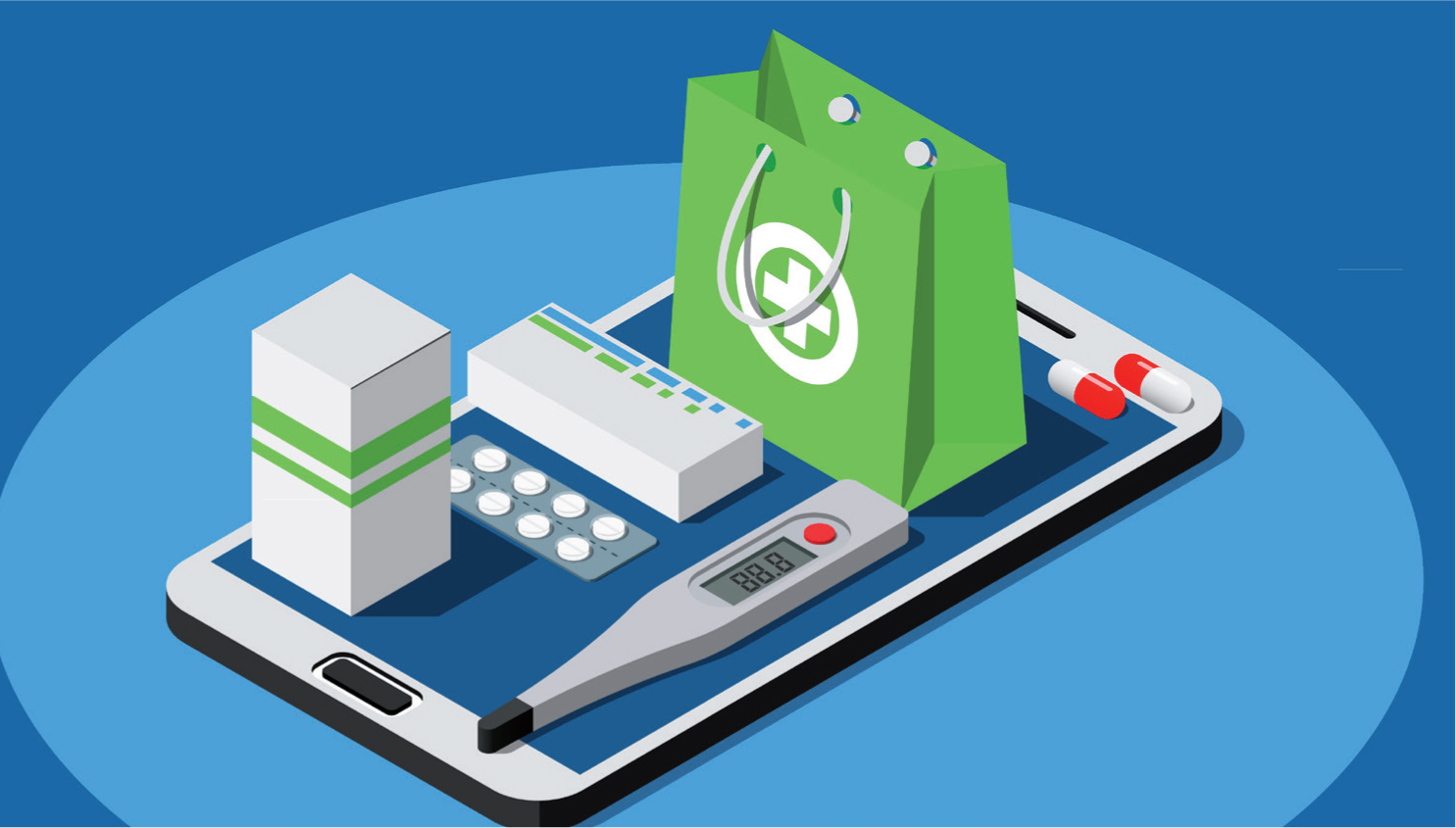With the cost of living imposing tighter financial constraints on many households, online resources often inspire money-saving ploys. When it comes to choosing and buying medication, Hertig et al (2020) cite evidence showing that as of 2017, the internet had over 1.7 billion active websites, with an estimated 30 000 to 35 000 active pharmacies online at any time. However, over 96% of online drug sellers operate illegally. Given this context, it is little surprise that the global counterfeit drug market exceeds US $200 billion annually ‘and dominates other industries of the underground economy, including prostitution, human trafficking, and illegal arms sale’ (Hertig et al, 2020).
To what extent can consumers readily access medication in a pharmaceutical marketplace that appears freighted with risk? In a study of 13 online pharmacy retailers, Dursun et al (2019) evaluated the possibility of purchasing modafinil from the perspective of an ordinary Australian internet user. They found that only 24% provided information on the legal status of making such purchases and that while 77% included information on the side effects of modafinil, few listed supporting evidence for their statements.
However, in a study of 444 Maltese residents (average age 52 years), Bowman et al (2020) concluded that ‘[t]he Maltese appear to be rather cautious and do not purchase prescription-only medicines online, citing the risks that may be associated with internet purchasing’; these risks included the ‘definition of “medicines”, health autonomy and trust in self-care, relationships and trust in health professional, restrictions of medicine supply, the influence of cost and the need for options’ (Bowman et al, 2020). This echoes results obtained in a study from the US a decade previously; Inciardi et al (2010) acknowledged that although the earliest documented report describing the sale of illicit drugs on the internet was in 2001, their findings indicated that the internet ‘is a relatively minor source for illicit purchases of prescription medications by the individual end-users of these drugs.’
But might this rather benign perspective be changing? Ghinea (2022) notes one estimate that by 2023, the rapidly growing online medicines market could be worth US $128 billion: This article also highlights the concern of the Organisation for Economic Co-operation and Development over fake and substandard medicines sold online by unscrupulous suppliers and describes how Interpol, in a recent 92-country operation, shut down over 113 000 weblinks advertising unauthorised medicines and arrested 277 people. But having outlined this bleak prospect, Ghinea (2022) points to ‘individuals from low socioeconomic backgrounds who already struggle to afford the medicines they need if they are not subsidised by insurers or if co-payments are high’ and argues ‘that doctors have a responsibility to help patients access medicines online.’ Ghinea also proposes a framework that could be used to facilitate responsible personal importation.
Part of Ghinea's framework draws on the World Health Organization's recognition that key components supporting one's right to healthcare–especially for the vulnerable–include the availability and affordability of medicines. Ghinea (2022) asserts a state does not provide affordable medicines to meet its citizens' healthcare needs, a patient has the right to import such medicines as they can afford. Further, ‘it is the medical profession's responsibility to use their skills and expertise to support patients to exercise this right if doing so could be in the patient's best interests' (Ghinea, 2022). Supporting this view, Ghinea (2022) points to a code of conduct drawn up by the Australian Medical Council (2009), and its recognition ‘that doctors have a responsibility to address healthcare inequities, and to treat patients in a manner that is free from bias and discrimination’.

Ghinea's approach has laudable aims, but when the ice block of reasoning is confronted by the flux of modern times, one cannot help considering how altruistic motives can be subverted by those bent on havoc. For example, Letkiewicz and Gorski (2010) warned that ‘we cannot exclude the risk of a terrorist attack through online pharmacies’, an observation that today holds unnerving prescience. They illustrate their approach by stating what may be obvious to many, namely that ‘[p]arcels, which are highly trusted by the customers of online pharmacies, can, for example, be contaminated with dangerous materials’ (Letkiewicz and Gorski, 2010).
Online pharmacies are here to stay, but their regulation remains a challenge.


